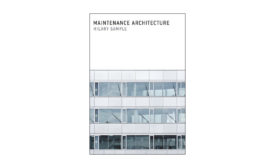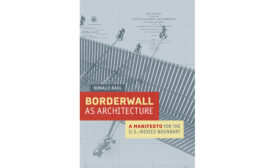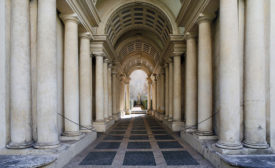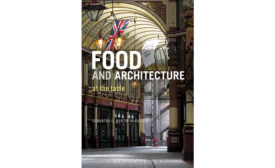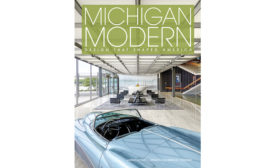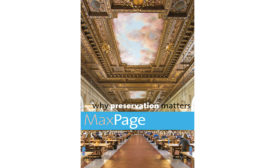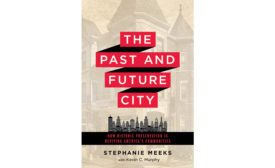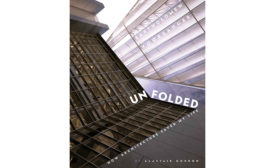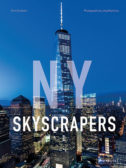Opinion
Excerpts from 'Welcome to Your World: How the Built Environment Shapes Our Lives'
By Sarah Williams Goldhagen
Read More
The Past and Future City: How Historic Preservation is Reviving America’s Communities
By Stephanie Meeks, with Kevin C. Murphy
Read More
Holiday Gift Guide: Architecture Books
RECORD's annual guide to gifts for colleagues, friends, and supportive clients.
Read More
Copyright ©2025. All Rights Reserved BNP Media.
Design, CMS, Hosting & Web Development :: ePublishing
